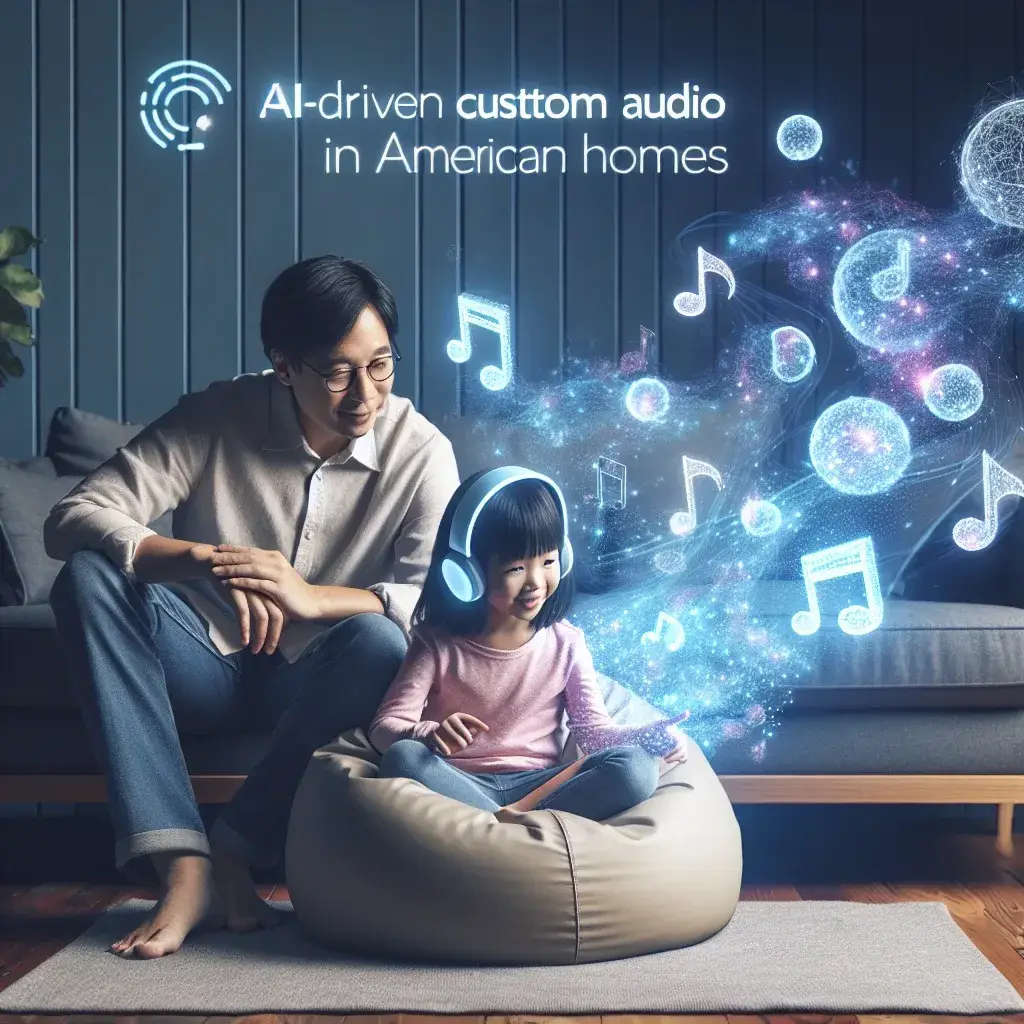Introduction to Spotify’s Innovative Technology
In a world where technology is continuously evolving, Spotify has taken a significant step forward by piloting AI-powered adaptive audio specifically designed for children. This initiative aims to cater to the unique listening preferences and developmental needs of young audiences in U.S. households.
The Concept of Adaptive Audio
Adaptive audio refers to a system that adjusts audio content in real-time based on the listener’s interactions, preferences, and even emotional cues. For children, who have diverse and rapidly changing interests, this technology can provide a more engaging and personalized experience.
Why Focus on Children?
Children are not just mini-adults; their cognitive and emotional development requires tailored content. The importance of creating a safe and enriching audio environment for kids cannot be overstated. By focusing on this demographic, Spotify is addressing a market that has been largely underserved in terms of personalized audio experiences.
The Role of AI in Personalization
At the heart of this adaptive audio experience is artificial intelligence. AI algorithms analyze user data, such as listening habits and feedback, to curate content that resonates with children. This can include music, audiobooks, and educational content, all tailored to the child’s current mood and preferences.
How AI-Powered Adaptive Audio Works
- Data Collection: The system begins by collecting data on the child’s listening habits, including frequently played songs, favorite genres, and interactions with the platform.
- Content Analysis: AI algorithms analyze this data to identify patterns and preferences, allowing Spotify to curate suggestions that align with the child’s interests.
- Real-Time Adaptation: As the child engages with the content, the audio can adapt in real-time, introducing new songs or stories that fit their mood or activity.
Benefits of AI-Powered Adaptive Audio
1. Enhanced Engagement
With personalized content, children are more likely to stay engaged. The adaptive nature of the audio ensures that they are constantly exposed to fresh content that resonates with them.
2. Educational Opportunities
Spotify’s platform can also include educational content, making learning enjoyable. By integrating storytelling with educational material, children can learn while they play.
3. Safety and Age-Appropriate Content
Parents often worry about the type of content their children are exposed to. Spotify’s AI can help filter and curate age-appropriate material, ensuring a safe listening environment.
Challenges and Considerations
1. Privacy Concerns
As with any technology that collects user data, there are inherent privacy concerns. Parents must be assured that their children’s data is handled securely and ethically.
2. Dependence on Technology
While technology can enhance learning and engagement, there is a risk of children becoming overly dependent on it. Ensuring a balance between screen time and real-world interactions is crucial.
3. Content Diversity
Ensuring a diverse range of content is essential. The algorithms must be designed to avoid echo chambers and provide a varied listening experience.
The Future of Children’s Audio Experiences
Looking ahead, the integration of AI in children’s audio experiences is just the beginning. As technology continues to evolve, we can expect even more sophisticated systems that cater to the cognitive and emotional needs of children.
Expert Insights
Experts in child development emphasize the importance of audio content in fostering creativity and imagination. As Spotify rolls out this feature, it will be interesting to see how it impacts children’s cognitive and emotional growth.
Conclusion
Spotify’s initiative to pilot AI-powered adaptive audio for children represents a significant advancement in how audio content can be tailored for young audiences. By focusing on personalization, safety, and engagement, this technology has the potential to enrich the auditory experiences of children in U.S. households, paving the way for a new era in children’s entertainment.

Leave a Reply